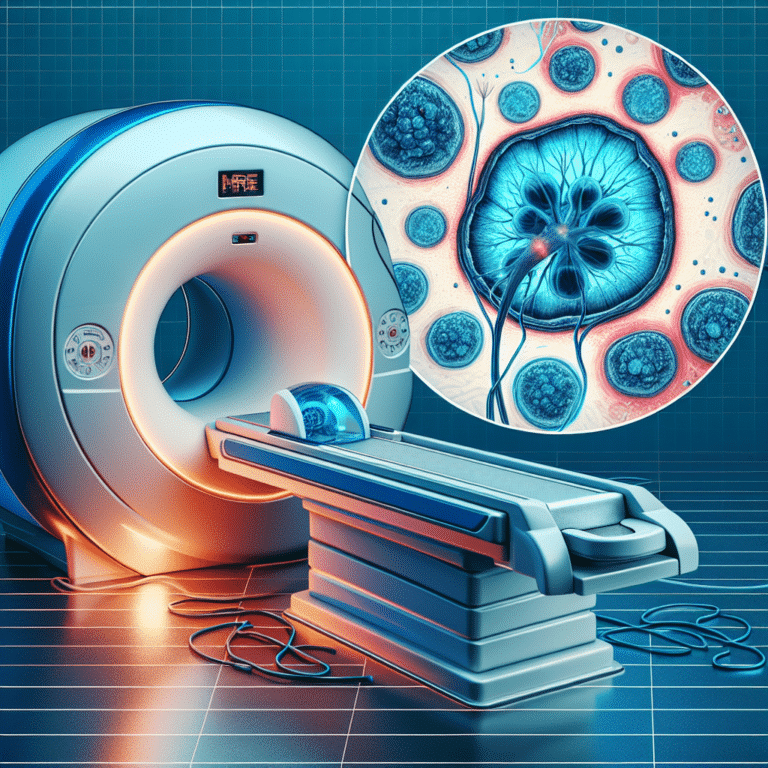Summary
- A total of 544 biopsy-naïve patients with suspected prostate cancer underwent MRI at Institut Jules Bordet between March 2016 and December 2021.
- Patients with certain criteria were included in the study and those with specific MRI findings and lesions were excluded.
- Two different DWI sequences were compared for their effectiveness in detecting prostate cancer.
- The study examined the diagnostic performance of these sequences in differentiating patients with significant prostate cancer from those with benign lesions.
- Statistical analyses were conducted to assess differences between patient groups and evaluate the accuracy of the DWI sequences in diagnosing prostate cancer.
A recent study conducted at the Institut Jules Bordet focused on the use of MRI imaging to detect prostate cancer in patients with suspected cases. The study involved analyzing data from 544 patients who underwent targeted prostate biopsies at the institution between March 2016 and December 2021. These patients were selected based on specific criteria, including elevated levels of prostate-specific antigen (PSA) and/or abnormal findings on a digital rectal exam.
The MRI scans were performed using a 3.0 Tesla scanner, and the imaging protocol included T2-weighted sequences, diffusion-weighted imaging (DWI), and dynamic contrast-enhanced imaging. Two different DWI sequences were compared for their effectiveness in detecting prostate lesions.
The study found that the DWI sequences were able to accurately identify suspicious lesions in the prostate, which were then biopsied for further evaluation. The biopsies were performed using a fusion biopsy system that combines MRI and ultrasound images for more precise targeting. The pathology results from the biopsies were used to determine the grade of prostate cancer in each patient.
The researchers categorized the patients into two groups based on their biopsy results: those with clinically significant prostate cancer (ISUP grade group ≥2) and those with non-cancerous or less aggressive lesions (ISUP grade group 1). The study aimed to assess the diagnostic performance of the DWI sequences in distinguishing between these two groups.
Overall, the study highlighted the importance of MRI imaging in the detection and characterization of prostate cancer, providing valuable information for clinicians and researchers in the field. The findings contribute to ongoing efforts to improve the accuracy and reliability of prostate cancer diagnosis.
Source link
Radiology, Urology


